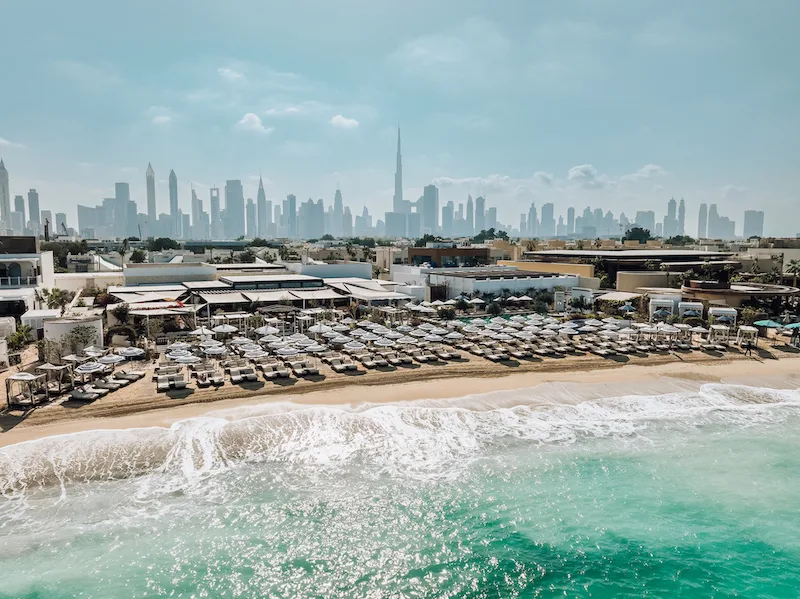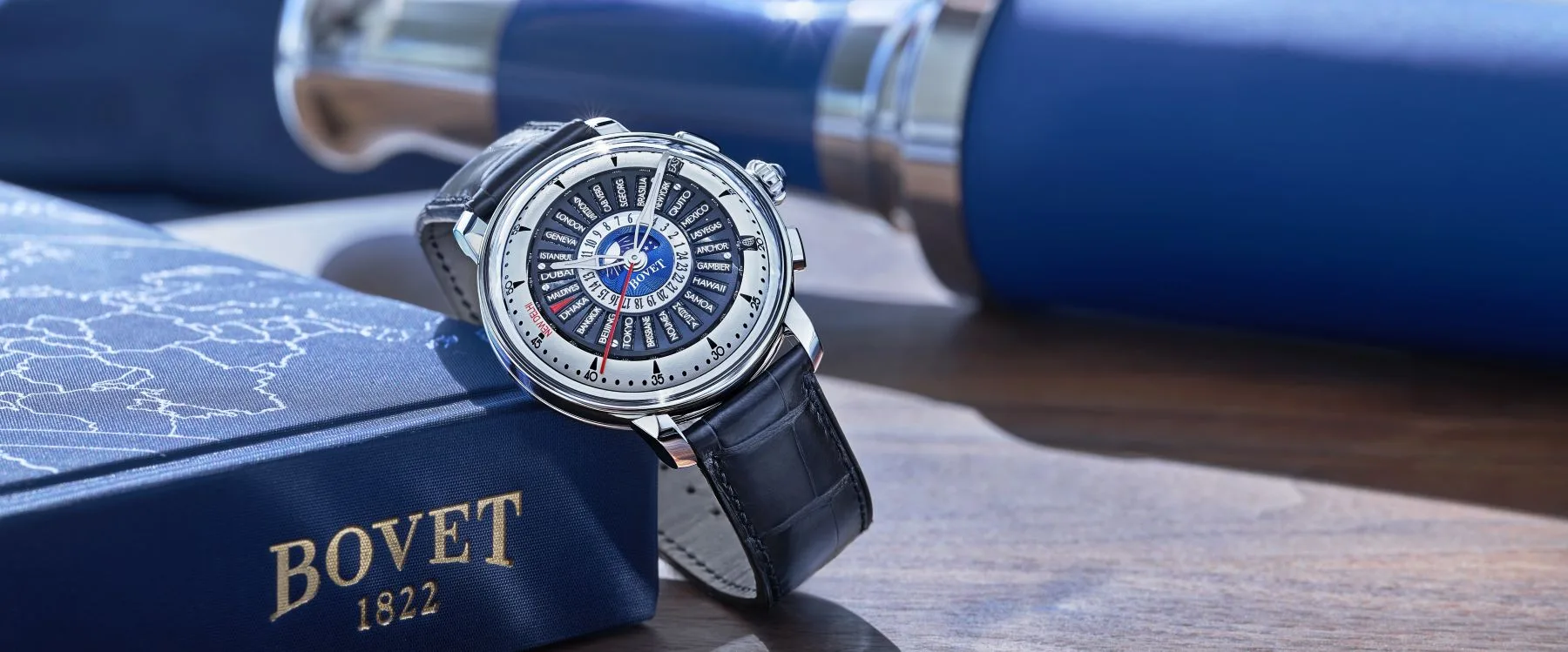Celebrating its 60th anniversary this year, the IUCN Red List of Threatened Species provides a vital service to us all. It is the world’s most far-reaching information source on the global conservation status of animal, fungi and plant species, watching over them with the care of a doting parent. It has an enormous and beneficial impact on the ecosystems of our planet.
“Every morning,” says Dr Craig Hilton-Taylor, head of the International Union for Conservation of Nature (IUCN) Red List of Threatened Species, “I come into work thinking, ‘Okay, what am I going to do to make a difference today?’”
And, I can assure you, every single day he does make a difference – and a massive one at that.
The IUCN Red List is a crucial indicator of the health of the world’s biodiversity. Much more than a mere list of species and their status, it is a potent tool to provide information and galvanise people into taking action, effecting conservation measures and bringing about policy change. It is absolutely pivotal in preserving the natural resources we require to survive. It plays a critical role in keeping us all alive.
“The Red List is equivalent to an economic index or a health index. It’s the index for what’s happening to living organisms.”
– Dr Craig Hilton-Taylor

Hilton-Taylor, who this morning has been making a difference by helping colleagues in Madagascar assess the state of plants affected by habitat loss due to deforestation and agriculture, outlines his mission. “The Red List is trying to document what we know about life on the planet at the moment. We use it as a barometer of where we are and what challenges life on Earth is facing. It is equivalent to an economic index or a health index. It’s the index for what’s happening to living organisms.”
There are numerous instances of how the Red List has been instrumental in transforming the fortunes of endangered species. Hilton-Taylor homes in on an especially strong example of how the efforts of the IUCN Red List have helped revolutionise the life chances of a species. “In June this year, we announced the recovery of the Iberian lynx. “On the Red List, it moved away from ‘Endangered’ to merely ‘Vulnerable.’ That’s all because of really good, coordinated conservation activities in Spain and in Portugal, involving national governments, local governments, local landowners and civil society.”


Two conservation success stories thanks to the initiative of the IUCN Red List: the Iberian lynx (© Diego Delso), now catalogued as “Vulnerable” rather than “Endangered”; and the scimitar-horned oryx (© Kduthler), which has been reintroduced back in its native North Africa.”
The scientist, who is also proud of the work that the IUCN Red List has put into protecting species as diverse as the saiga antelope and the Mauritius parakeet, continues, “There’s been a whole big campaign targeting all those different players. When they all start working together and pulling in the same direction, that’s when you have these wins and things start turning around. It’s very inspiring when something like that happens.”
Hilton-Taylor, who has worked tirelessly in his role for the past quarter of a century, proceeds to highlight another success story for the IUCN Red List of Threatened Species. “The scimitar-horned oryx is a species that had gone extinct in the wild. There were no living animals in its native range in North Africa; all the animals were in zoos. So we brought that zoo community together, set up a breeding programme, built up the numbers, and then, working with one of our IUCN members, Sahara Conservation, and with the government in Chad, we’ve been slowly reintroducing them into the wild. Last year we were able to declare that the species was no longer extinct in the wild.”
But we must guard against becoming too Pollyanna-ish about all this. The world still faces immense environmental challenges. More than 45,300 species are still threatened with extinction. That is 28 percent of all assessed species. Amphibians are in particular peril, with 41 percent of their species endangered. These are deeply worrying statistics that, if I wasn’t already bald, would make my hair fall out.

The male flattened musk turtle can take up to 60 years to reach its maximum length of just 12 cm. Unfortunately, this tiny turtle is “Critically Endangered”. Photo © John P Friel.
Part of the work of the Red List is reminding politicians of their environmental responsibilities. “It’s a constant battle,” Hilton-Taylor comments. “You have to keep those issues right in the forefront of the news, just to let successive politicians know that things haven’t changed and that they need to carry on doing the good things that they promised they would.”
It’s an uphill battle. Does it ever get Hilton-Taylor down? “Yes. There are more losses than wins, but you can’t afford to let yourself get depressed about it. You just have to keep pushing on and say, ‘The few wins that we have show that we can make a difference. We just need to ramp it up.’”
And so, “You just have to keep promoting that message repeatedly and try to stay upbeat about it. It’s an exciting job, but it also keeps you on your toes.”
Despite myriad challenges, Hilton-Taylor manages to remain hopeful about the environment. For a start, he believes the ICUN Red List’s message is being heard by more and more people across the planet. “Our website is visited by more than four million people globally every year. It’s become a really valued resource that’s used by people all around the world. So we are reaching a growing audience.”

Thanks to decades of collaboration between governments, IUCN and other organisations, today the saiga antelope has been reclassified from “Critically Endangered” to “Near Threatened” on the Red List of Threatened Species. A rare and remarkable conservation success story.
Photo © Andrey Giljov.
The Red List’s sway does not end there. “It appears in a number of novels,” Hilton-Taylor continues. “People have also woven it into poetry, art and cartoons. Quiz shows like University Challenge and Only Connect have questions based on the Red List. So we are mainstream now. It’s out there. People know about us.”
There are also positive signs for the future, Hilton-Taylor observes. “The index is going in the wrong direction at the moment. But we can start to bend and flatten that curve and hopefully start to recover with the global biodiversity framework approved by the Convention on Biological Diversity that the world’s governments have signed up to. So I remain cautiously hopeful. If I didn’t, it would be difficult to get out of bed in the morning!”
Reflecting on his 25 years in charge of the IUCN Red List of Threatened Species, Hilton-Taylor sums up its influence. “It has had a major impact. If we didn’t have the Red List, a lot more species would be far worse off. Without the Red List, the world would be a far poorer place.”
Learn more about IUCN and the Red List of Threatened Species, HERE.
Author: James Rampton
Opening image: European sturgeon. Photo © Maxim Yakovlev.

















Show Comments +